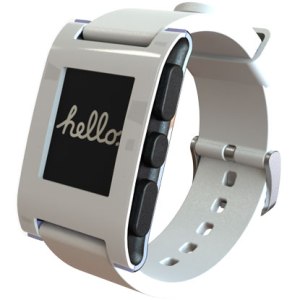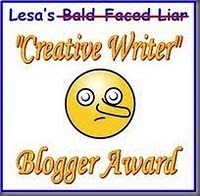Just like you, I’d been hearing about Pinterest from every corner. And quite possibly like you, I hadn’t joined yet.
Don’t get me wrong – I ♥ social media. It celebrates individual voices while also creating a new concept of global reach. (As a writer, I’m always wowed by how powerfully social media brings writerly comrades together – we’re a very solitary ilk, after all.) That said, Pinterest didn’t seem like my thing. Scrapbooking meets wish-listing? Meh. I’d just wait until something extraordinary convinced me.
Today was that day.

Jacqueline Courtney (center) united her backgrounds in design, publicity, and digital strategy to create Nearly Newlywed. (Photo ©Lisa Beggs)
Today, I heard about nearlynewlywed.com, a website that sells pre-worn designer gowns and gives buyers a guaranteed opportunity to sell them back afterwards. “A smart business in itself,” you’re thinking, if you’re anything like me.
What I learned afterwards drove me to click.
(Keep in mind: I’m the farthest from wedding-gown shopping as you can get, without being a dude.) “Nearlyweds,” as the company calls gown shoppers (I’m falling deeper in love at every turn!), can request personal shopping service via Pinterest. “WHAAAAT,” you’re thinking, if you’re anything like me.
How it works:
- A gown shopper (AKA nearlywed :) makes a Pinterest board with gowns and/or visual inspirations for her gown
- She follows Nearly Newlywed on Pinterest and leaves a comment with a link to her board
- The personal shopping team visits her board, then tags her on their own dresses they think she’d like.
As I read more about the personal shopping service on the site, a friendly chat message popped up:
Hi, we’re online right now and available to answer any questions or discuss feedback! – Jacqueline
Hmmm. I decided to bite. What transpired was an impromptu interview with the site’s founder, Jacqueline Courtney:
Margo: I love the Pinterest shopping feature – how did the company come up with that?
Jacqueline Courtney: It was really an organic idea – we wanted to find a way so that I could chat with girls about their inspiration, and also offer advice on dresses that they may not consider or see in stores – since some of our gowns are a few seasons past. Pinterest seemed like a natural choice, since it is so visual.
M: I think it represents what Pinterest should evolve into. Another example of true customer service via social media.
JC: Definitely – and one thing that is important to me is to have our Pinterest site still be authentic, so our products are contained to one or more board. And we are also suggesting other dresses and staying involved in the larger discussion.
Ironically (and downright metaphysically), Jacqueline was proving her point about being a part of the larger discussion… by making herself available for this tiny one with me.
So, the clues are all there – her business savvy is spot-on. In fact, the idea was born out of a huge needs gap – Jacqueline herself had bought (and then sold) a Vera Wang gown for her own wedding years ago. The process was less-than-pretty; it was in dire need of elevation.
Where the magic comes from: my theory
Nearly Newlywed’s mission statement, “Making brides happy,” comes to life on the site. NN makes a daunting shopping process easier and budget-friendlier for nearlyweds, most impressively by meeting them on a platform they’re already using (or should be). Simple move, but it stands out. It proves that they’re motivated to become more active in emerging channels and platforms – not just to say they did – but rather to create an extraordinary experience for their prospects and customers.
Jacqueline’s love for what she does has become almost tangible. And in my estimation, that’s when and why the magic happens – why some companies just seem like they’re “doing it right.” NN is living, Pinteresting proof that companies that embrace change will have more customers falling for them (and will even inspire those outside the target market to blog about them). Companies that embrace change – just as their customers do – will forever mark themselves as thought leaders.
All this love talk has me a little flustered… So let’s turn to you – who do you think is using social media to the fullest?

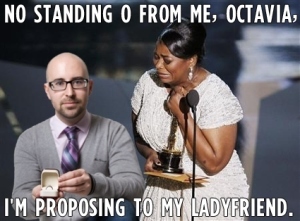

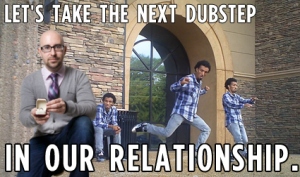 (
(
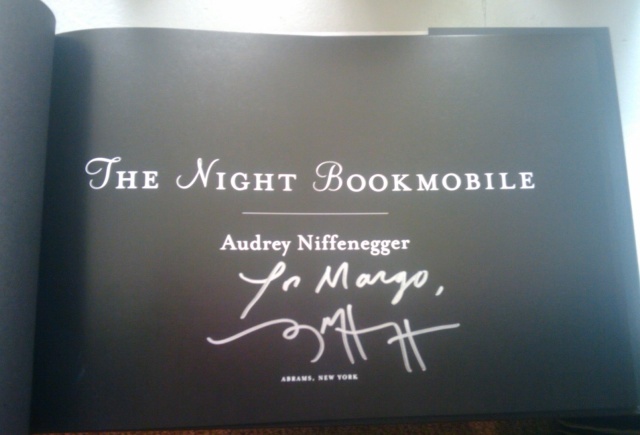
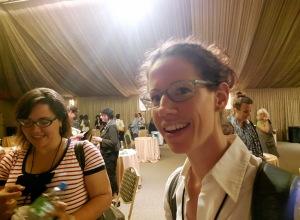
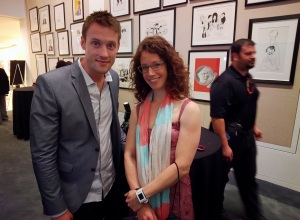



![Google Glass through the eyes of an early adopter [LA Times]](https://margocole.files.wordpress.com/2013/07/screen-shot-2013-07-30-at-12-35-18-pm.png?w=640)
